In Guns & Gulaabs, Costumes Speak to the Duality of Character
Analyzing the costume design of Guns & Gulaabs and uncovering the nuances it brings to the story.
Warning: Spoilers Ahead!
Raj & DK’s latest production, Guns & Gulaabs is a black-comedy crime thriller set in the 90’s. The plot revolves around the opium wars where everyone from the mafia and police to a mechanic and some school students end up getting involved. Set in a fictional town of Gulaabganj, the costuming of the show features a classic lower-to-upper middle class lifestyle. Since, it is mostly a man’s world, the basic outfit template of a generic Gulaabganj resident involves a long/half-sleeved sweater over a shirt that instead of being tucked neatly in a pair of trousers, peeks from the bottom. Pants and shoes then go on to complete the look. For some, there’s also a muffler involved. Very few characters wear anything other than that, so within these bounds, we get our style story. Majority of our characters are styled in and around that temple and through their costuming, we get to know subtle details about their state of mind and where they are in their storyline.
‘Paana’ Tipu
When we first meet one of our protagonists, Tipu, he is dressed as any other resident of Gulaabganj. Half-sleeved sweater (probably for the ease of hand movement, since he’s a mechanic) over a shirt, pants and some sandals. There’s nothing unique about his personality. His main personality trait is the fact that he’s in love with another village resident, Chandralekha. It is only after he kills 2 people that we get another layer to his character.
For a long time he resists joining the Ganchi gang (a gang his father was a prominent member of), but once he does, his entire style changes. First off, the sweater comes off. Making his entire body more free to move, much more looser, with an appearance of relaxation within one own self. It’s important to note that this is also how gundas (goons) have been generally shown in Bollywood. He looks like the stereotype of a gunda - untucked loose shirt, open collar, a necklace. For the time being, in addition to his love for Chandralekha, him being a gang member also defines him.
But when his loyalty towards Ganchi Jr. slowly starts shifting towards getting sole personal revenge from Atmaram for the murder of his friend (and also his father), we start seeing patchworks in his shirt appear. His understanding of the world is changing as takes Ganchi Jr’s arrogance into consideration and realizes how Tipu’s father gave his life for the Ganchi family and is now receiving nothing in return. After his love, Chandralekha tells him that her dreams are too big for him, his wish to widen his horizons to match her dreams brings another layer to his personality.
Throughout the story, his evolution from being a generic Gulaabganj resident to Tipu Tiger has been gradual and that slow transformation is shown through small patchworks on his shirts, which eventually lead to a warm earthy colored shirt under a navy blue jacket - a completely non-Gulaabganj thing to wear - in his last frame. He may have lived majority of his life in a normal manner, but he dies as a unique person whose story will likely go on to become legend in that town.
Arjun Varma
Arjun Varma is introduced to us in a black leather jacket as a law-abiding inspector with a reputation for non-corrupt practices. His moral character is immediately established and on the surface, he appears as a simple, two-dimensional character. But as the story unfolds, shades to his character are unveiled and that gets reflected in the shades to his multiple jackets.
Once his affair is revealed to the audience and he starts making efforts to pay former IAS officer, Pratap out from revealing this secret to his wife, thereby ruining his life and reputation, we never see that black leather jacket - a symbol of morally upright officer - again. After that, from colors to fabrics, we see aplenty versions to his jacket which nods to the multiple shades to his character.
This is a man who has now found himself in a desperate situation and a desperate man is definitely more dangerous than a run-of-the-mill corrupt man. He spends most of the series in either a brown leather jacket or dark earthy-colored cloth jackets hinting to the grayness of his character that is still not willing to become a sell out. Where before he was clear about his moral compass, now his self-interest is turning him into a two-faced corrupt officer.
The only time he is not wearing a jacket is when he’s quite literally taking an illegal action and tampering with government records. It’s unlike his general character to do something like that in his job, but with the jacket off, we see his vulnerability taking center stage. He’s taking instinctual actions when he oversees the packaging of opium at the warehouse or when he tampers with the paperwork, all in an effort to hide the truth in order to (what he believes to be) save his family.
When he plans with Tipu to transfer the opium, he’s again without a jacket in a crisp white shirt, but in the end, when he finally decides to give all of the opium to the government and come clean to his wife, he is donning a dark gray cloth jacket over his white shirt. That black leather jacket was never going to come back because he’s not the same person as before. Our understanding of him and his own understanding of himself are forever changed. He now knows the lengths he can go to hide the truth, but he is also not afraid to face the consequences of his actions.
Jugnu ‘Chhotu’ Ganchi
Jugnu, as the only son of his father, is a pampered man-child and his immense privilege shows in his way of dressing. Every piece of his clothing looks expensive. None of them have even a speck of dust on them pointing to how he has probably never done a day’s worth of hard work in his life. Even his hair is always set in a specific style. Additionally, his wealth is also quite literally shown through his watch and gold chain. What’s curious about his styling is that when his father is not at the hospital, he’s always found wearing a jacket, almost like he’s protecting his true self from the shadow of his father.
Having said that, this is another character where we see duality reflected in the clothing. From unusual boatneck t-shirts to multiple two-toned t-shirts to sweaters being tucked in pants, there’s always something rather off about his appearance. He’s clearly putting on a façade. His true feelings are hidden somewhere deep within behind all the male clothing he’s presenting to the world, pretending (or trying hard) to be like his father.
But in the final shot, as we learn about Jugnu’s true self, dressed in all of their colorful glory, Jugnu is finally free.
Chaar Cut Atmaram
Atmaram is probably the only character that doesn’t have many shades to himself and doesn’t go through much of an evolution despite “dying” multiple times. But there’s a sense of spirituality to his character. He has turned into a legend and just like any legend, he has turned into a static one-dimensional image that is forever going to define him. The fact that he kills people in 4 slashes is the only thing that properly defines him. His clothing, that includes a leather jacket over a denim shirt, pants and leather boots (plus, the instantly iconic long hair), never changes because his legend never changes. He has been frozen in time.
Some Additional Observations
I loved then-trendy puffed sleeves of the suits that women in the show wore a bunch of times. It’s a small 90’s detail, but adds a lot of character to the era the show is set in.
In this trio of friends, Gangu, the troublemaker of the group, has a hard life. His mother passed away when he was a child and his alcoholic father is barely ever home. This neglect shows in his clothes too. His uniform is less tidy than his friends’ - looks like something a boy would try hard to make appear clean and ironed. This trait also shows in his personal clothes. His sweater and shirt are clearly roughed up, while his friends are wearing relatively newer clothes. Even his overgrown hair shows the neglectful home life he’s been living, making his friends the center of his tiny universe.
Image Credit: Netflix

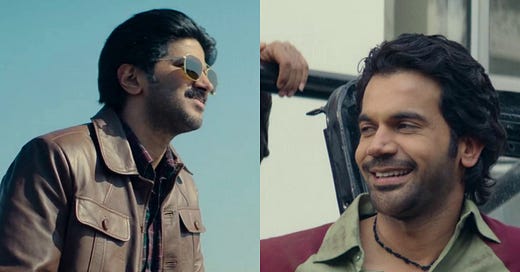


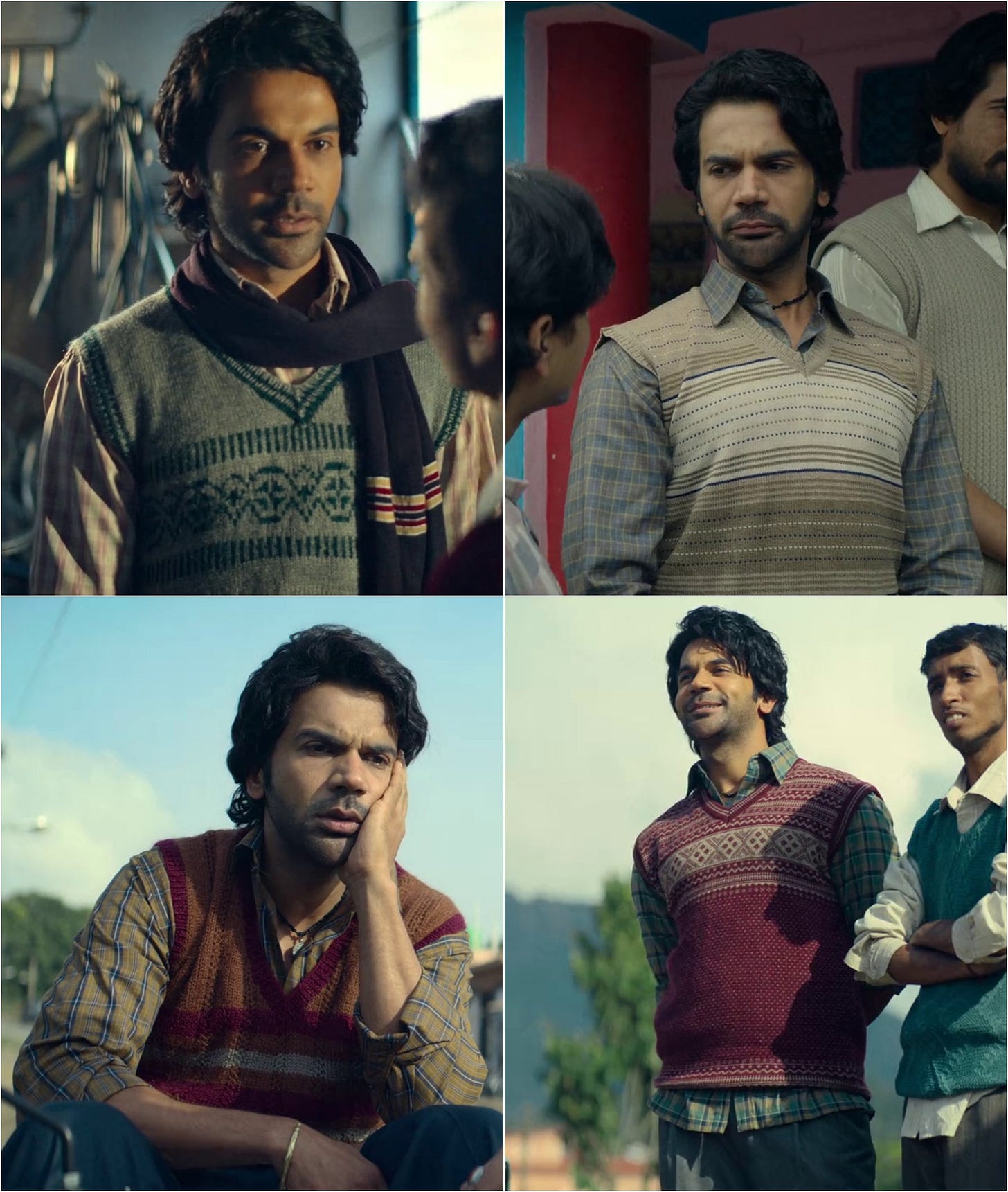
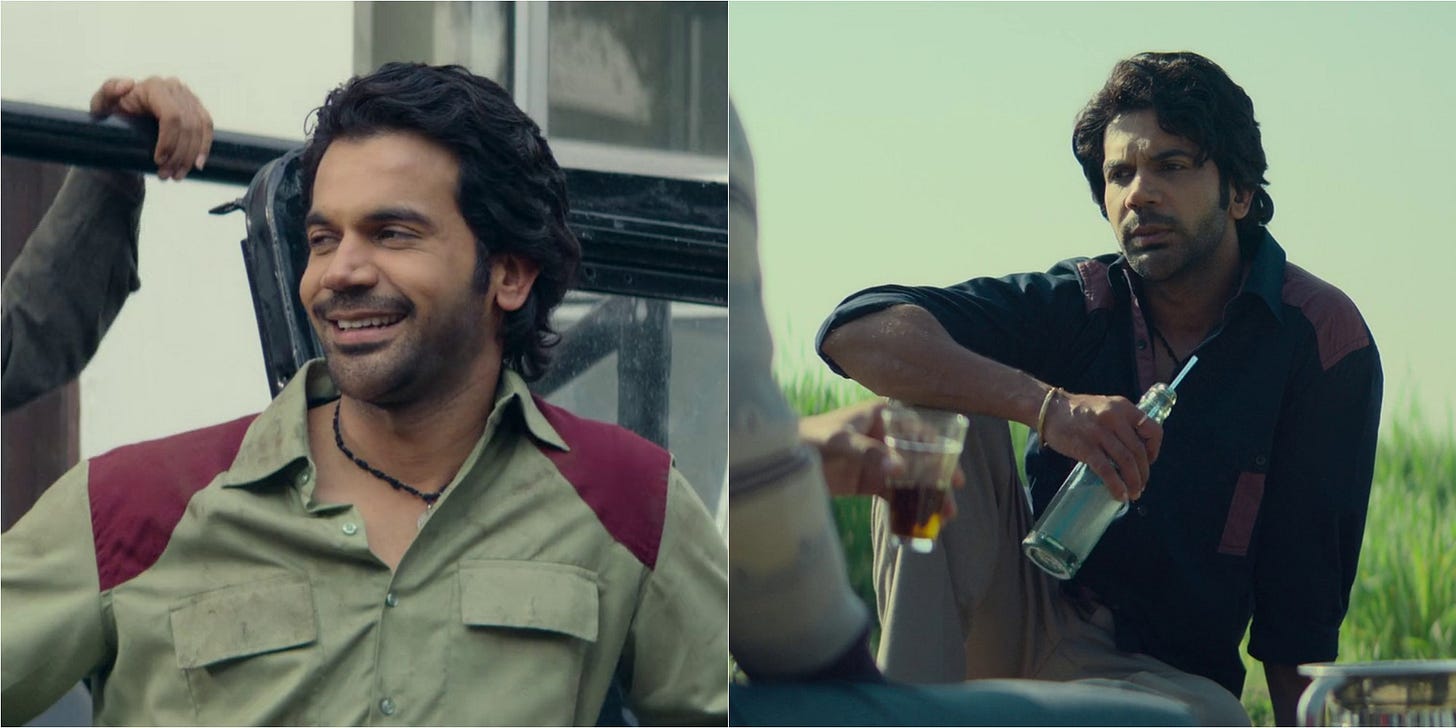
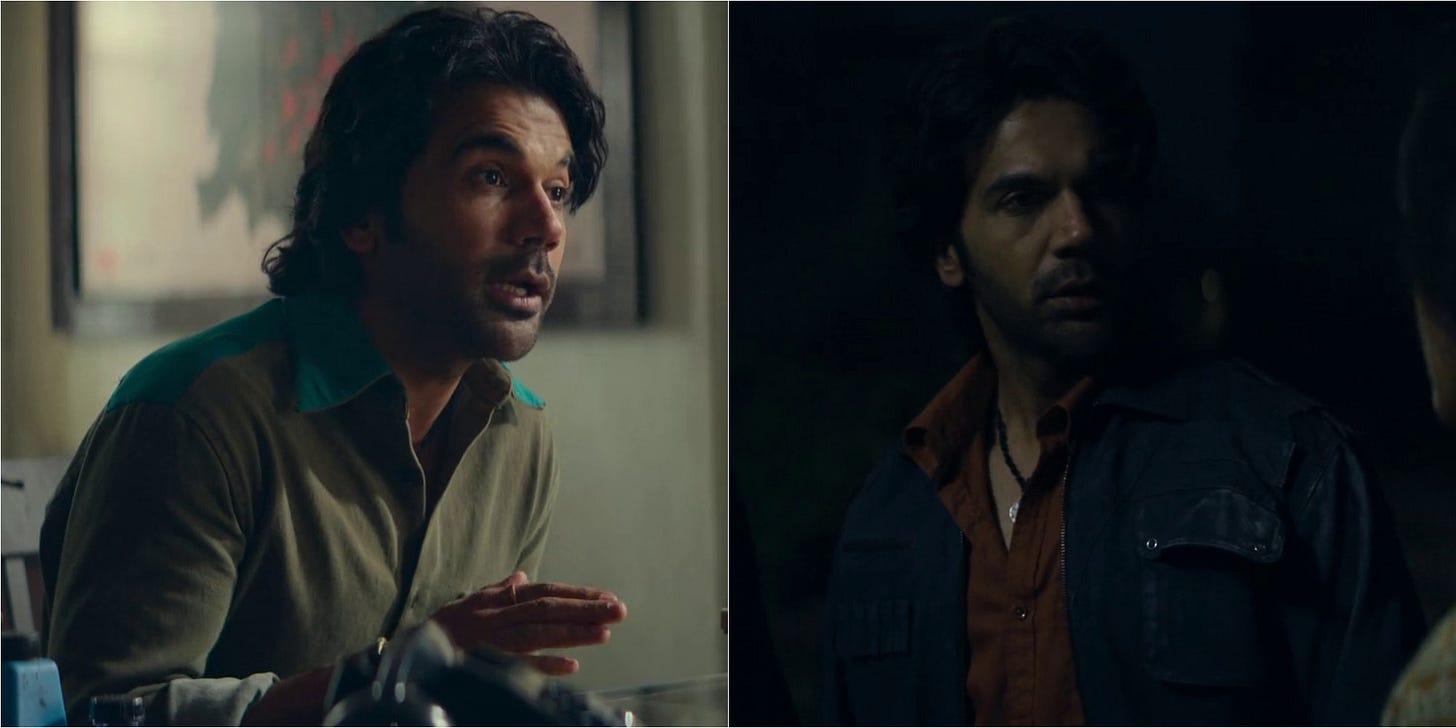
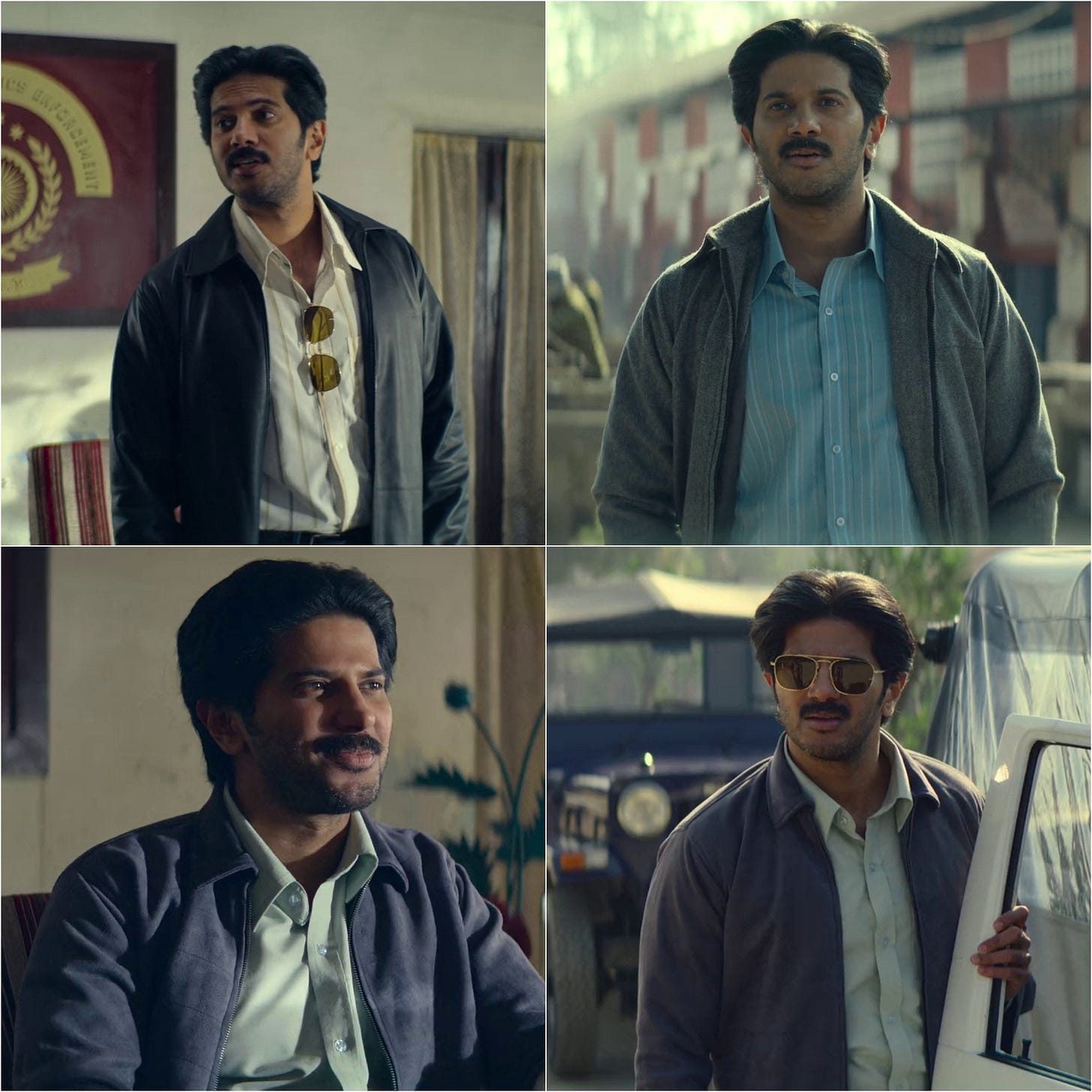
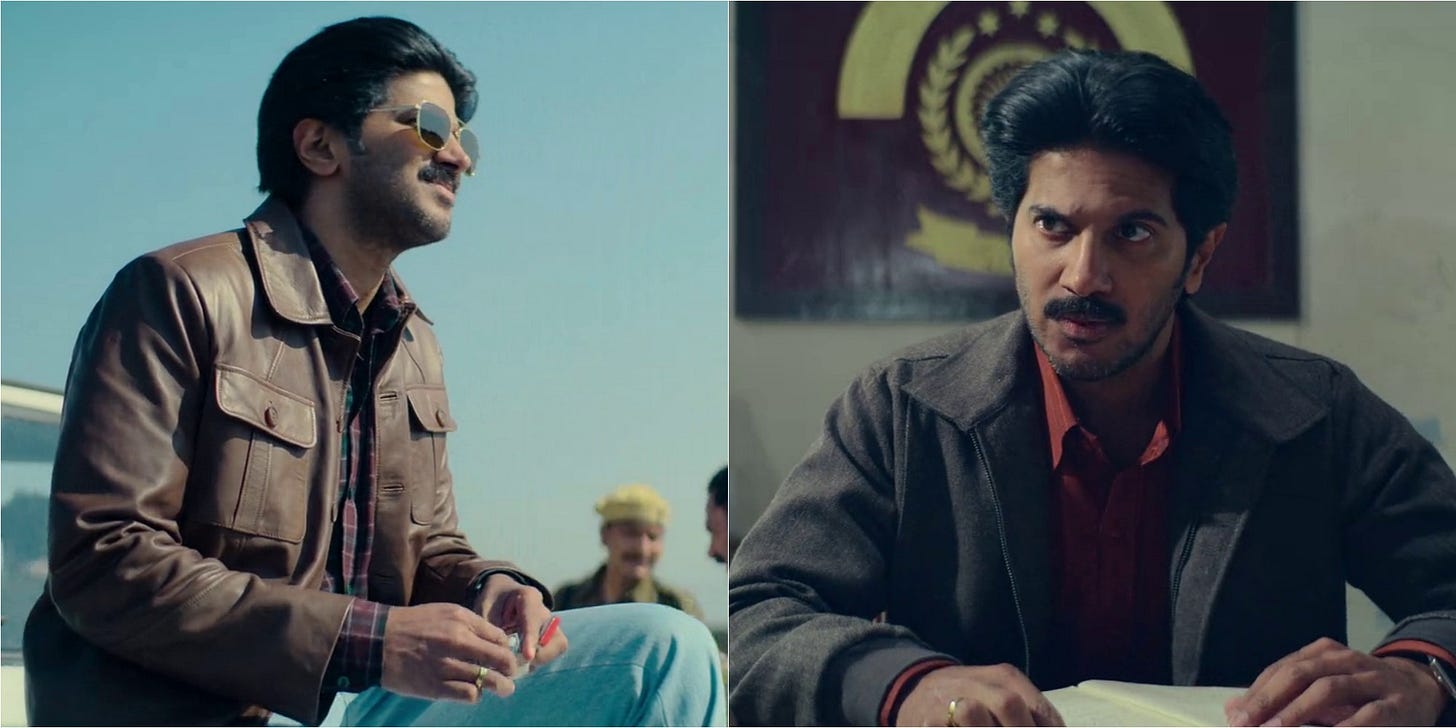
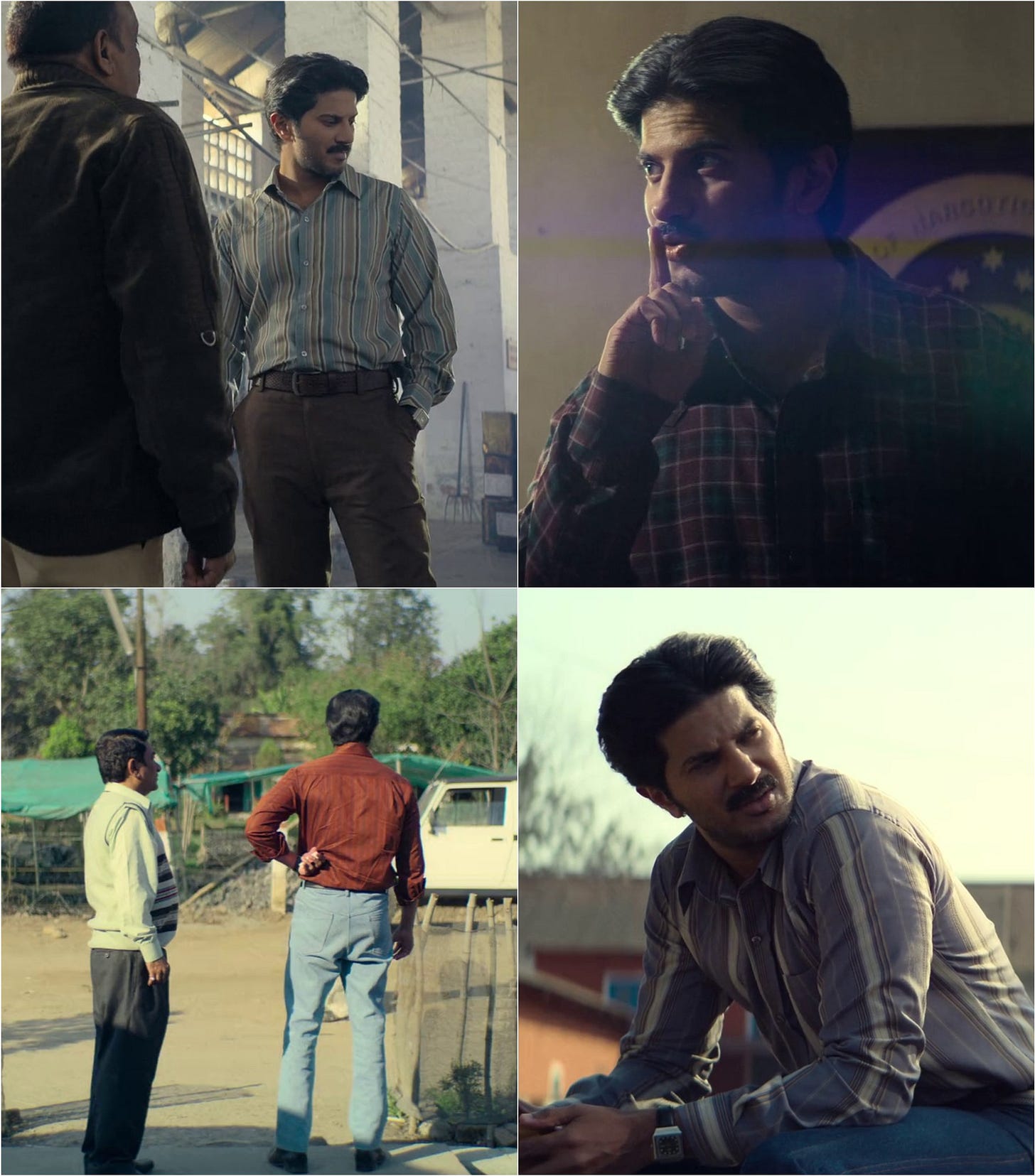
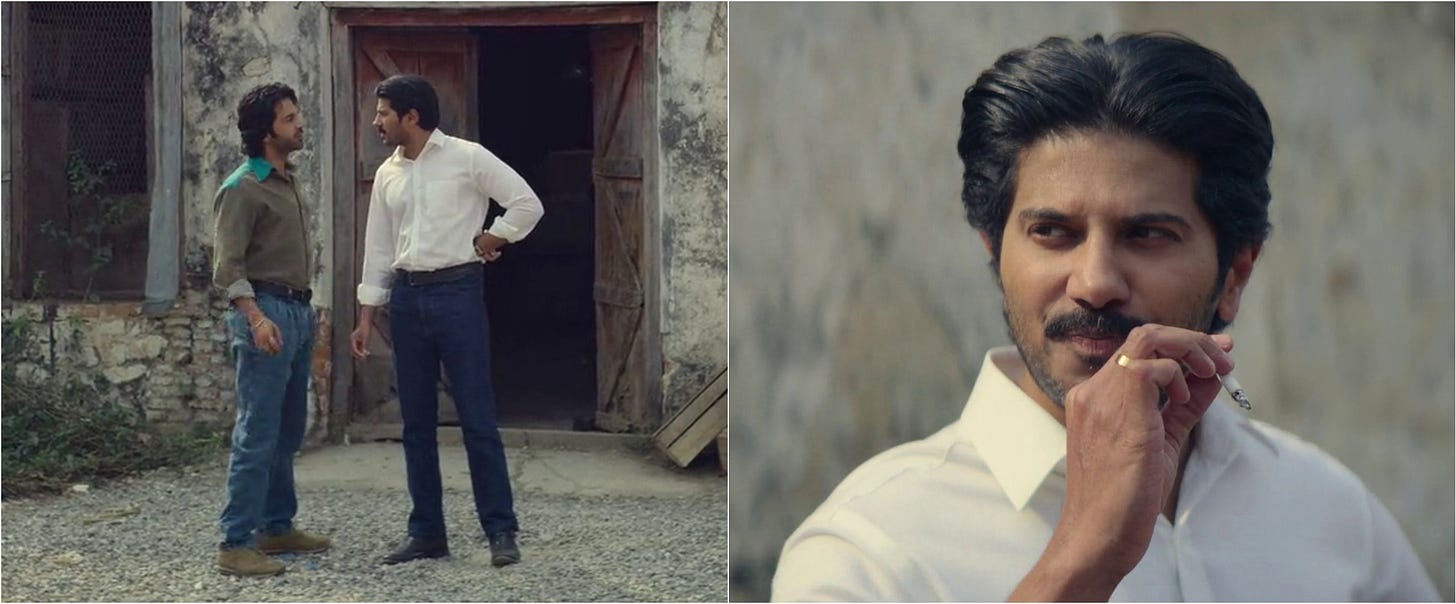

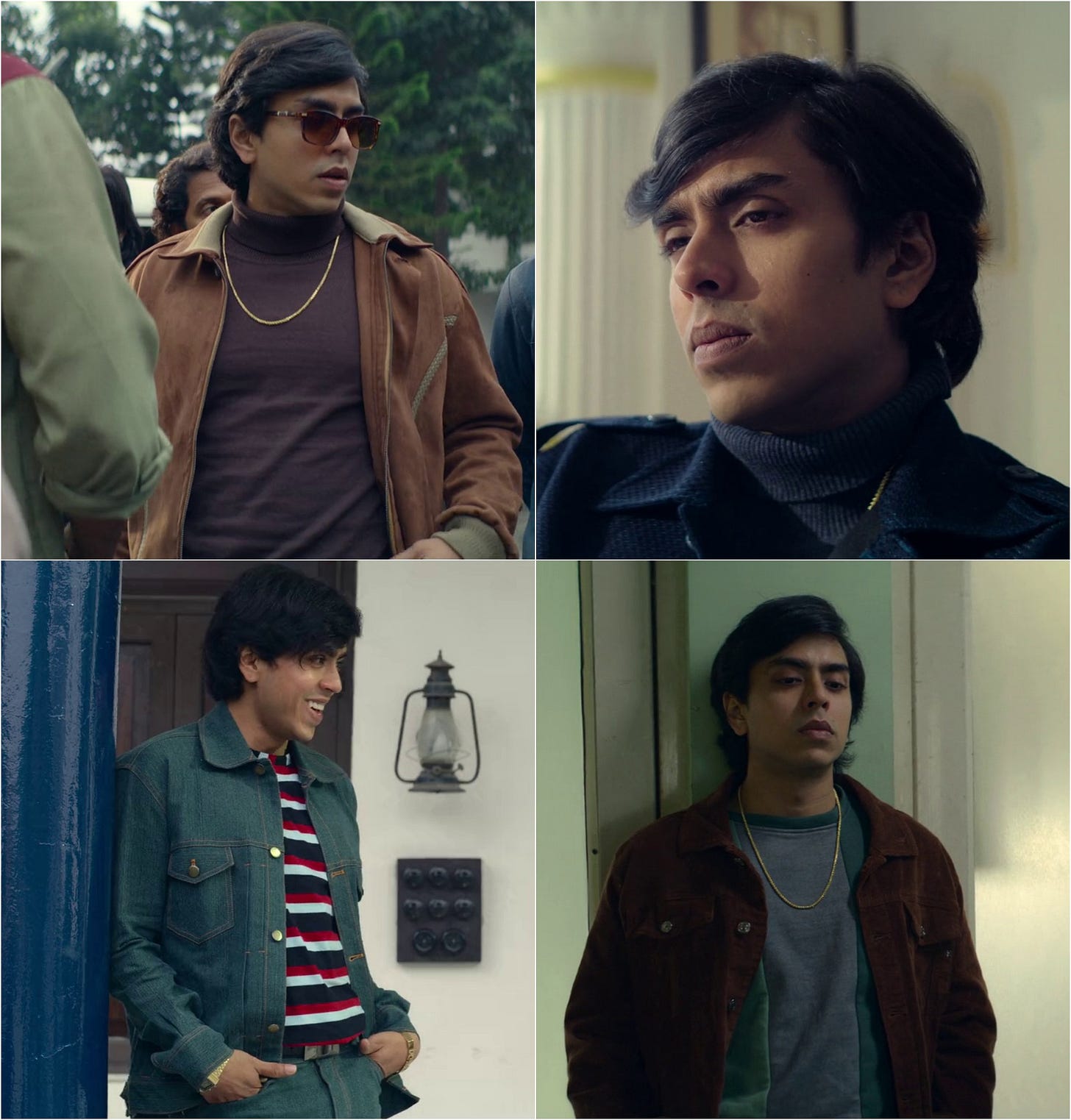
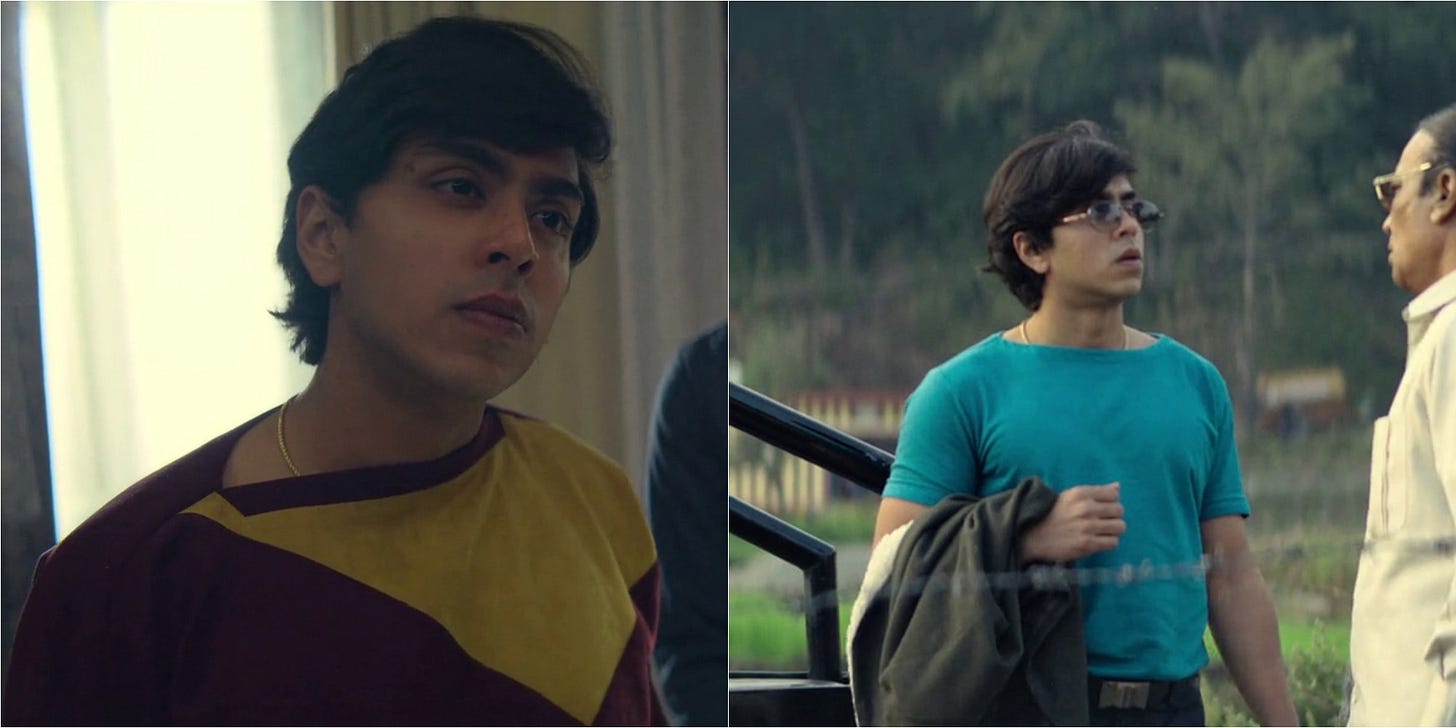
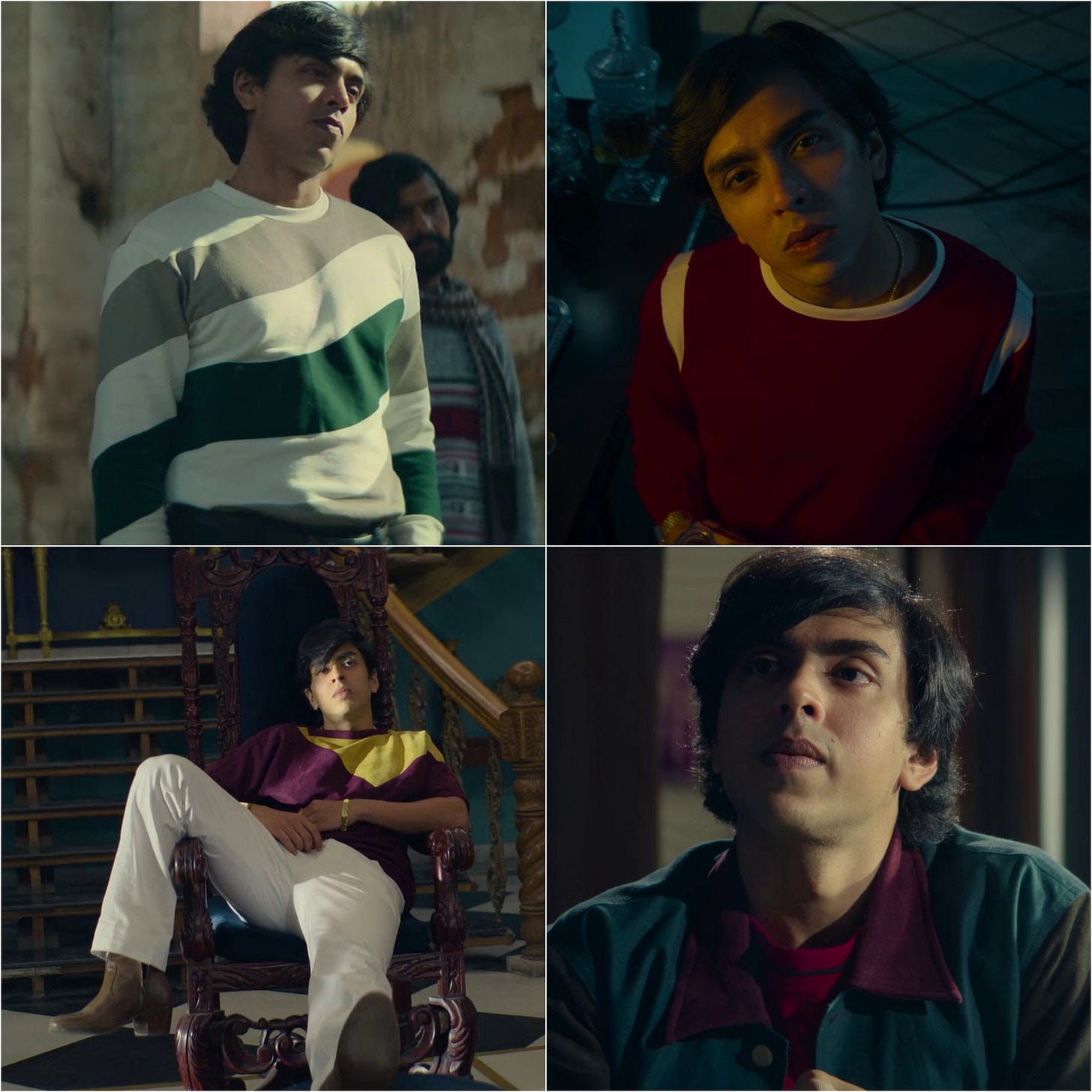
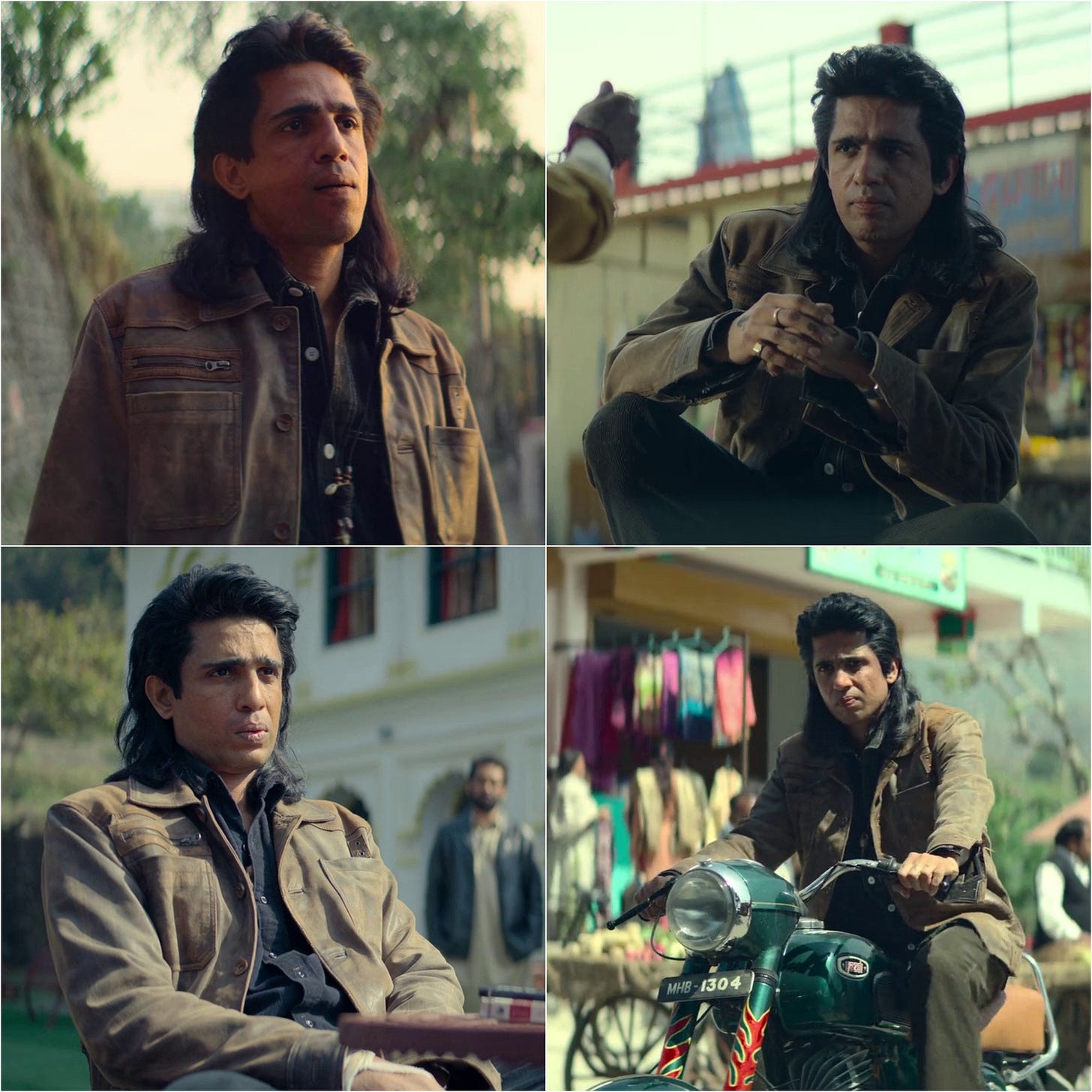

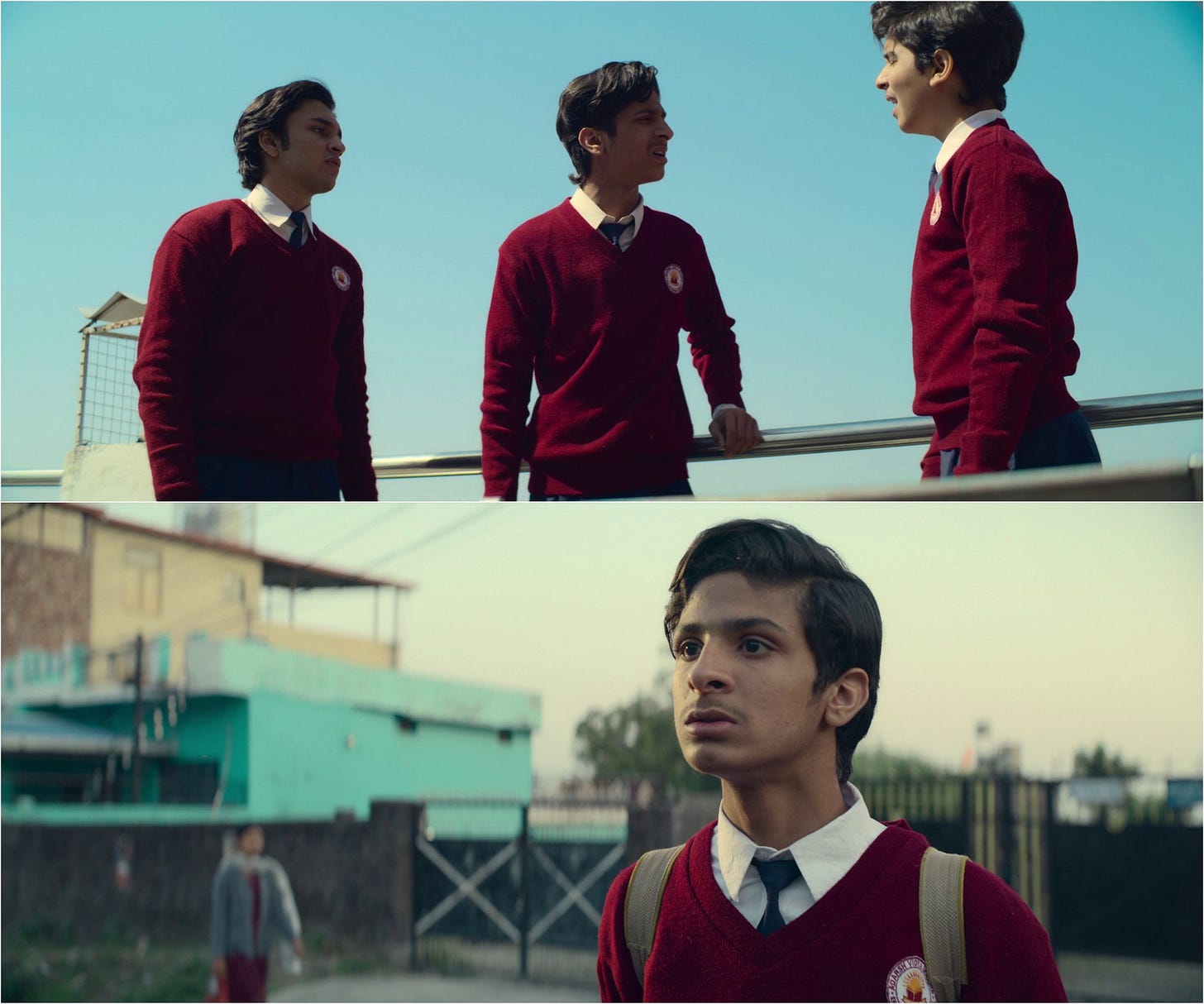
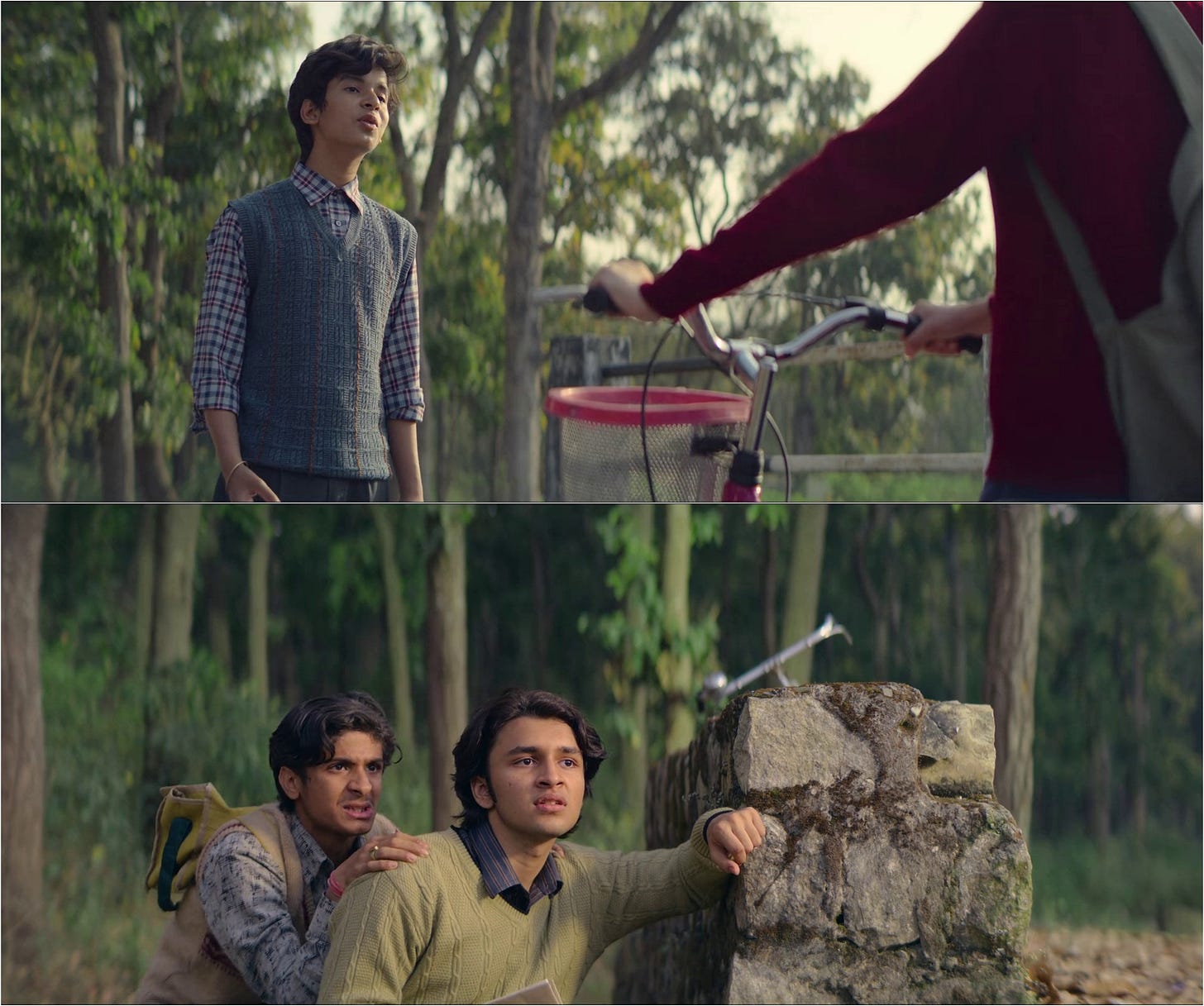
Such a fabulously insightful write up. Made me look at the entirety of the series with new eyes.
Thank you so much for this wonderful piece.
Great piece about a great show! Thoroughly enjoyed reading it.